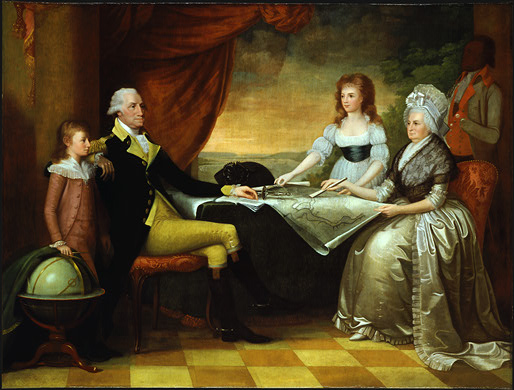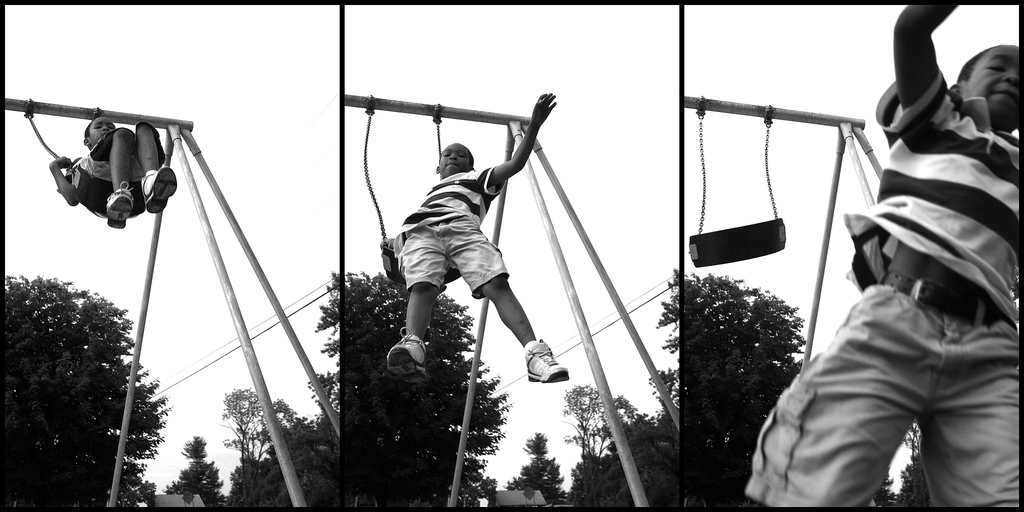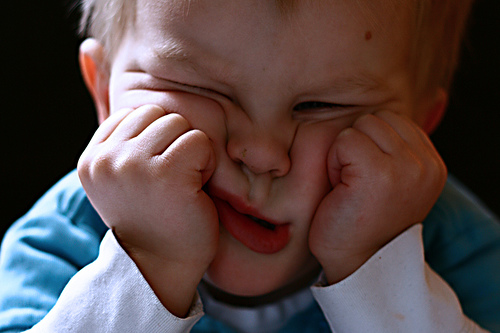In our family (and in our preschool classroom) instead of rules we have agreements. An agreement is something that everyone in the family agrees to do, created collaboratively, written down and signed. At home, we keep our agreements in a 3 ring binder in the living room so that everyone can refer to them at any time. We’ve been parenting and teaching with agreements for many years. Our experience and even scientific research shows that kids are more likely to follow through with a solution that they’ve created rather than one that is imposed.
Here are the most common mistakes that parents make when using agreements with their kids and how to avoid them:
- Using manipulation: A mom we talked to recently started to create the first agreement with her kids. In order to motivate them to have the conversation she said, “This is going to be fun!” when she didn’t really mean it. Kids, especially teens, can smell insincerity from a mile away. Tell kids the truth rather than try to trick them into a conversation. Say something like, “I’ve noticed how hard it is for us to get out the door in the morning. I end up yelling, you guys get in a big rush and sometimes you cry. It doesn’t feel good to me. I’m guessing it doesn’t feel good to you to start your day that way. Let’s come up with an idea to make mornings run more smoothly. When we’ve all agreed on an idea we will put it in this binder so that we can remember it.” Starting a conversation about agreements this way lets them know that you understand them, you are willing to work together with them, they know what is expected of them and it builds trust for the next time you want to come up with an agreement together.
- Doing more than one agreement at a time: It’s tempting to try to tackle many problem spots all at once especially if you are new to creating agreements. Resist this temptation to fix everything. Choose the most bothersome issue in your family. Come up with an agreement. Have everyone sign it. And try it out for at least a couple of days. If it’s working, great! If not, talk about it again and change the agreement if needed. After you’ve gotten one agreement mostly working, and your kids understand the process, then you can tackle a second issue.
- Using negative language: Making an agreement about what not to do or what to stop doing is not as effective as an agreement to do something. Instead of an agreement about “No hitting” make an agreement about “I will use my words when I have big feelings.” Rather than saying “No biting people” say “I will jump on the trampoline, scribble on paper, or yell outside when I want to bite.” It’s easy for kids and even adults to say what they don’t want but harder for them and us to figure out what we do want. Using positive language also reminds kids of different strategies (trampoline, drawing, yelling) that they can use in a tought situation.
- Using non-specific language: Rather than “We agree to leave the house on time.” say “We agree to leave the house by 7:30 and to play with toys [watch TV, read a book, etc] only after we get completely ready for school.” Rather than saying “I agree to keep my body clean” make the agreement specific, “I will wash my hands before I eat”. Specific language in agreements helps everyone know what is expected and know if the agreement is being kept.
- Making agreements “set in stone”: Agreements are flexible and changeable, especially in the beginning when a new agreement is being figured out. What doesn’t change is your commitment as a family to meet everyone’s needs. Maybe bedtime is tough in your house and you’ve tried an agreement to help things work more smoothly. If the agreement doesn’t work to solve the problem, it doesn’t mean that you give up having peaceful bedtimes, it means that you and your kids haven’t come up with the right agreement. As a family figure out what was missing, keep your sense of humor, get creative and keep with the problem. It will get better.
What lessons have you learned from creating agreements with your kids? Share your wisdom or encouragement with the community. As always the real conversation happens in the comments. We read them all and we’d love to hear your successes with making agreements.
May you bringing out the best in your family,
Cecilia and Jason










Great Post. I love agreements
Thanks, Drew!
I’m curious to know how soon you think a parent can start making agreements. My kids are older now, and I didn’t do this with them when they were younger, but I want to share this idea with some moms who have toddlers and preschoolers. What is the youngest age you think you can start doing this?
Great question! You can start with toddlers. We used agreements in our preschool classroom with 3, 4, and 5 year olds. In using agreements with young kids, it’s about introducing the idea to them that we talk about problems to work them out and that they can express how they want their body and possessions to be treated. An agreement with a 2 year old about “no hitting”, isn’t going to prevent them from hitting, but the agreement creates a climate where hitting is less likely to happen and kids know that they can talk to work things out.
Oh wow! I make agreements all the time that are set in stone. I guess I can learn to be more flexible. Great reminder!